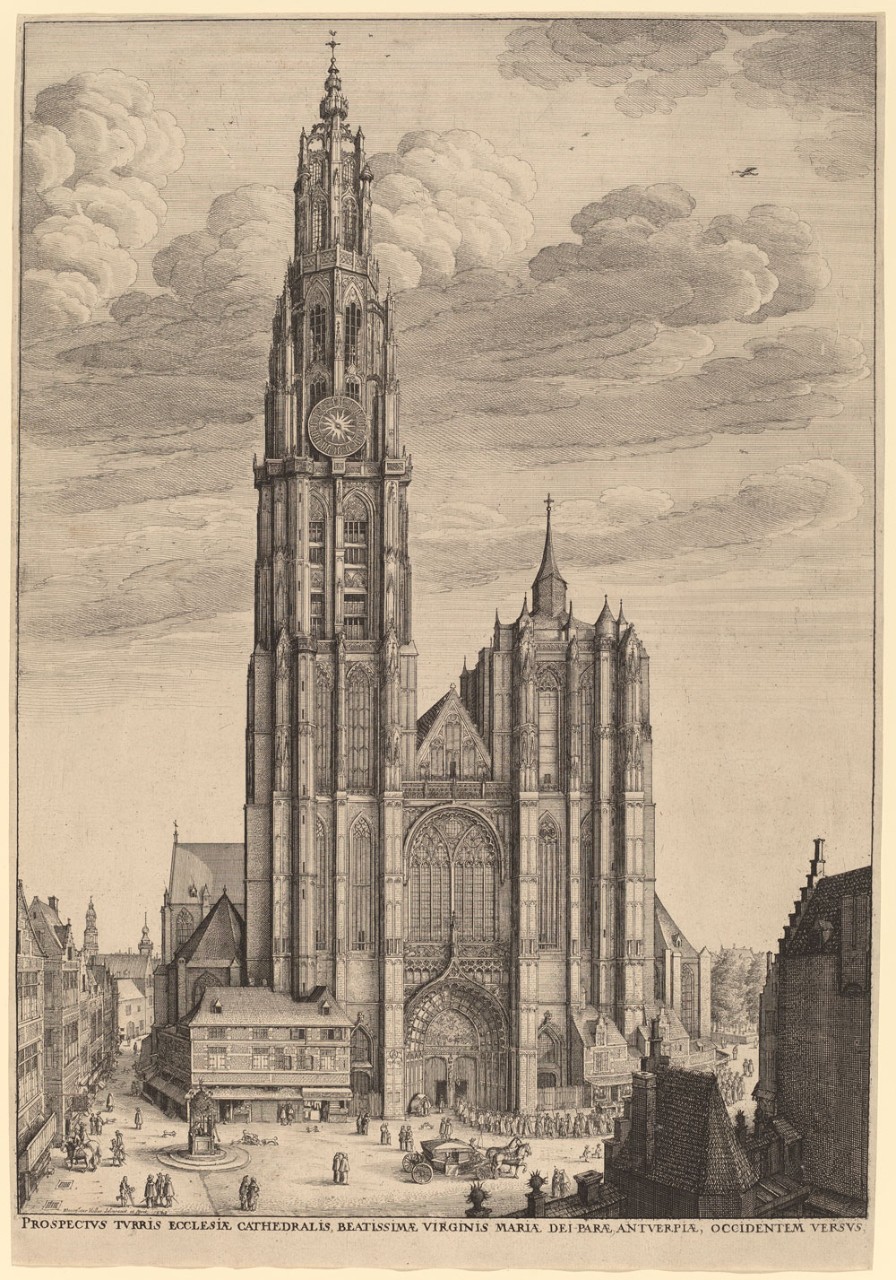Rubens spent most of his career in Antwerp, located along the Scheldt River near where it flows into the North Sea. With its ports welcoming overseas trade and commerce, the city experienced a spectacular economic boom in the 16th century that transformed it for a time into the mercantile hub of Europe. Antwerp was also a spiritual bastion, home to the majestic Gothic Cathedral of Our Lady as well as numerous churches, abbeys, and monasteries.
Seeking both private and religious patronage, artists and artisans from all over northern Europe flocked to Antwerp at this time, establishing it as one of Europe’s most important centers for painting, sculpture, tapestry, decorative arts, and fine books. Even as political strife and upheavals in the late 16th century led to a marked economic decline, the city remained artistically vibrant throughout the first decades of the 17th century, enjoying a lively market for luxury goods and works of art.
The story of the Magi—foreigners who brought precious goods from afar—resonated strongly in Antwerp. The merchants, travelers, and innkeepers who crowded into the city all revered the three kings as their protectors. Perhaps not surprisingly, Antwerp artists earned a reputation for specializing in paintings of the Adoration of the Magi.

